Can You Get Lip Fillers While Breastfeeding? UK Expert Answers
Many new mums wonder: Can you get lip fillers while breastfeeding? It’s a common question in UK clinics, and this...
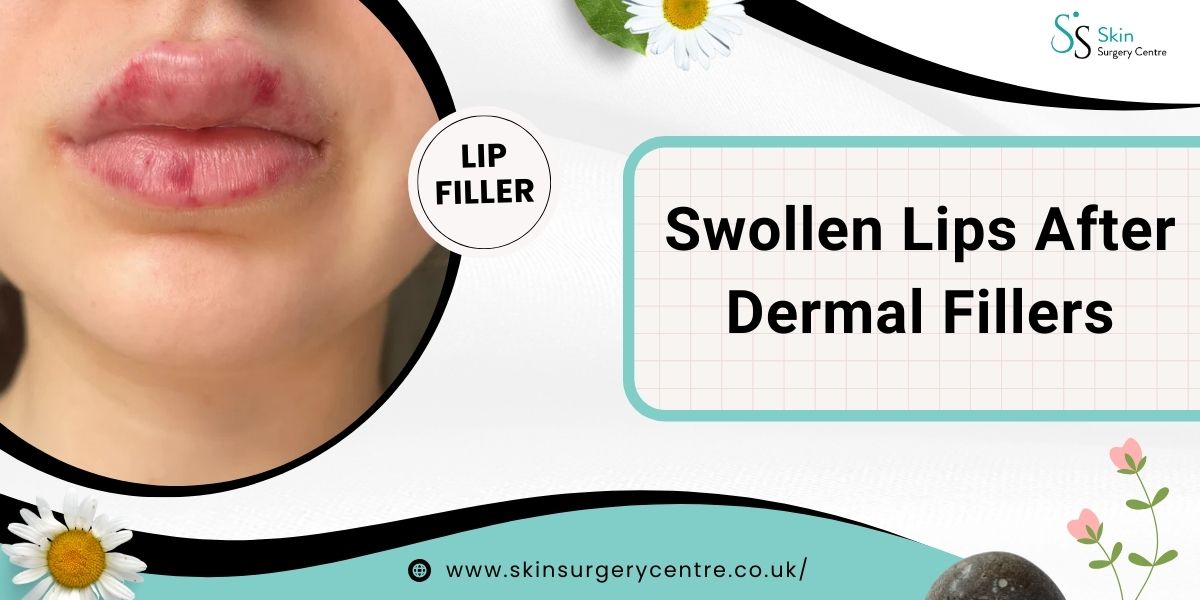
Swollen Lips After Dermal Fillers: Fibroblasts, which assist with tissue repair, and adipocytes, which store fat, become activated following the introduction of dermal fillers to boost lip fullness and give more definition to lips.
After having the procedure completed, if you’re looking at your reflection and noticing puffy lips, do not worry, you are not the only one. Swelling following lip filler application is extremely frequent and, luckily, is short-lived.
Whether you feel like it’s your first time undergoing lip fillers or if you’ve had several of these procedures completed, this blog outlines the reason behind swelling after lip fillers, the expected healing process, time-efficient approaches to reduce swelling, and what comes within the bounds of recovery.
Lip fillers primarily affect the lips and surrounding tissues, leading to temporary swelling and increased blood flow in the treated area.
Areas decided to follow and look around the lips are heightened to an extent sure is pretty infectious. This leads to heightened blood flow which ultimately causes swelling to occur.
The procedure of injecting the filler will require anatomising through the skin and muscle layer of the lip enabling to repeatedly bond to the skin and tissue.
This may cause some level of injury; therefore, the body tends to respond by swelling and expanding. This process is caused by moderate pain but when the filler is injected it becomes comforting.
Certain blood vessels in the lips may get injured during the procedure leading to the area around the injection points to bruise and swell. These vessels will heal over time and any swelling will subside as well.
The main constituent of most lip fillers, Juvéderm and Restylane, hyaluronic acid is famous for being able to attract and retain water. While this enhances lip volume, there is a chance it will also lead to localised fluid retention which will result in swelling.
This reaction is rare, but an allergic reaction to the filler can lead to an unreasonable amount of swelling. Make sure that you tell your injector about every allergy before starting any intrusive surgery and make sure to describe any strange symptoms that pop up.
This makes it easier to prepare for what to expect in the recovery phase. Here’s how quick the process of swelling occurs:
Small swelling and redness may be noticeable a few hours after the injections. The lips and surrounding area can feel tender as well. Cold compresses are recommended to help ease discomfort.
The area with swelling is expected to peak in this time. Although your lips may look much bigger than what you imagined, this is just a blip during a transitional phase. To reduce the swelling, cold compresses can be applied.
The puffiness in the lips should have decreased by this point and will appear slightly more natural. Tenderness and redness will continue to fade, if any exists.
Most of the swelling should start to subside after a month, and this is when you start noticing the final results of the surgery.
If your swelling has not improved after following the above timelines, contact your injector as soon as possible.
The following are some effective tips to aid in healing while also reducing swelling:
Around the mouth, a cold compress can be used to reduce inflammation. Ice should not be placed directly on the lips as that may cause soreness.
Elevating your head while sleeping will help reduce fluid retention in the lips. For the first few nights sleep propped up with extra pillows to prop you up.
Water helps in flushing toxins out of the body and also aids in faster recovery. Hydration will allow fillers to work optimally by utilizing hyaluronic acid.
Warming drinks, hot weather, and exercise all have one thing in common: they can increase swelling. After treatment, cool beverages are recommended, in addition to resting.
Topical treatments like aloe vera can help hydrate the affected area and are beneficial for the healing process.
Try not to touch or massage your lips too much. Applying too much pressure to your lips can increase swelling and slow down the recovery process.
Although rare, some patients may exhibit light bruising or minimal bleeding after the lip filler procedure. Here is some helpful information:
Slight bruising between a few injection sites is normal. If you use arnica cream and apply a cold compress, this will aid in bruising and assist in the healing process.
Some bleeding from the injection points may take place, but it subsides within a brief period after the injection. Clean the area and simply leave it alone for optimal healing.
If excessive or prolonged bleeding occurs, seeing your health provider without delay is the best solution.
Aftercare greatly impacts your overall recovery, and the results that you achieve from your dermal fillers will be maximised when aftercare is implemented.
Having a conversation with your practitioner about their aftercare instructions will help ensure that you are properly equipped to manage any side effects. Steer clear of any non-prescription medicines or approaches that have not been approved by your injector.
Your practitioner is the best for any questions or concerns so be sure to speak freely during your consultations and follow-ups.
Now you understand that if you are to be enhanced with lip fillers, it is also important to know the type of lip filler that shall be used to help you set realistic goals.
The most popular ones used for lip fillers include Juvéderm, Restylane, and Belotero. They have a number of notable advantages including:
These fillers such as Calcium Hydroxylapatite or Polylactic Acid Putty are not popular choices for lip fillers, but some injectors may offer them. Make sure that you understand all the aspects regarding the product to be provided to you during your treatment.
Lip fillers can work wonders, making you look and feel as amazing as you truly are, but they also come with their downsides. One such downside is temporary swelling. Worry not, however. With proper care and understanding, temporary swelling is manageable.
This treatment can be managed easily when combined with proper education and proactive effort, so you can look and feel stunning.
Always make sure that you are putting your trust in a reputable and trusted dermal filler practitioner that has their licence and years of experience. This allows for peace of mind because not only will you be safe, you’ll also be far more likely to receive the outcome that you desire.
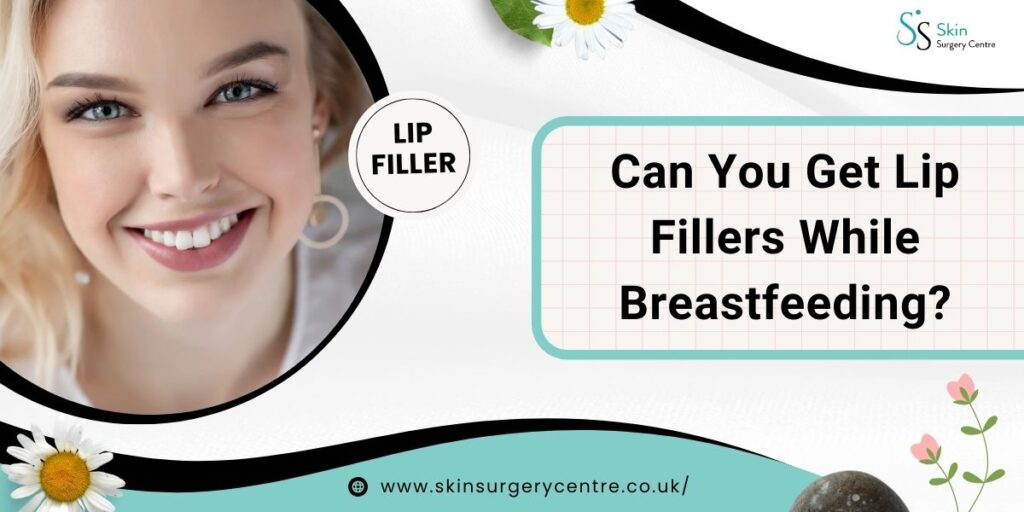
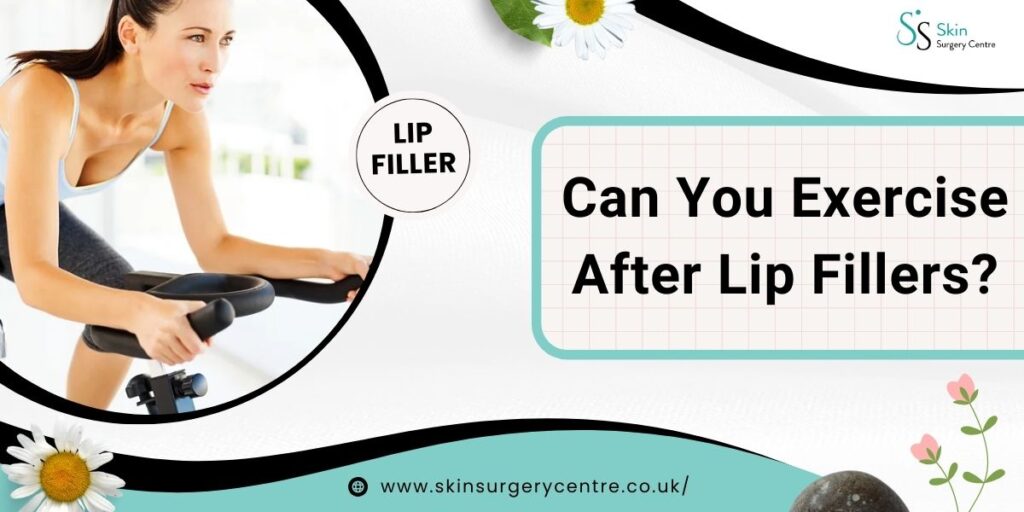
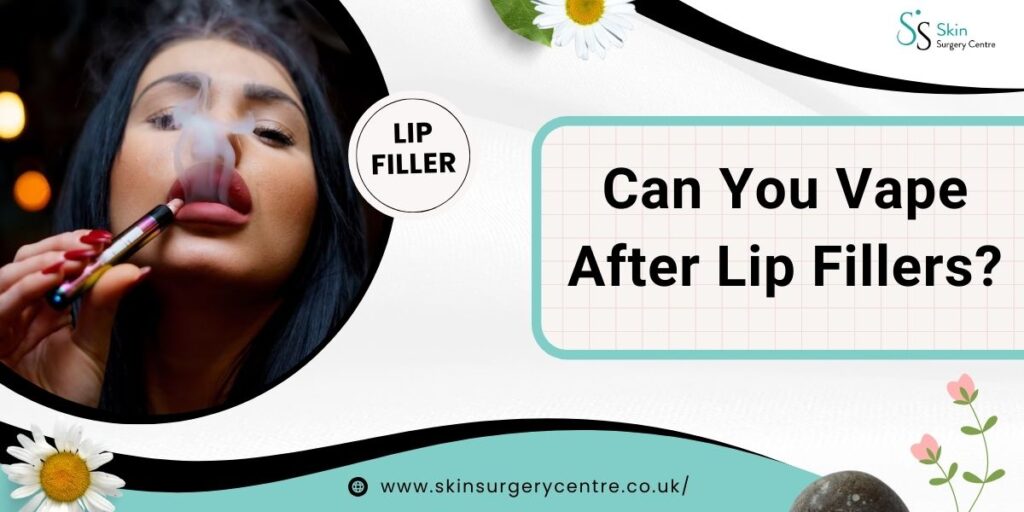
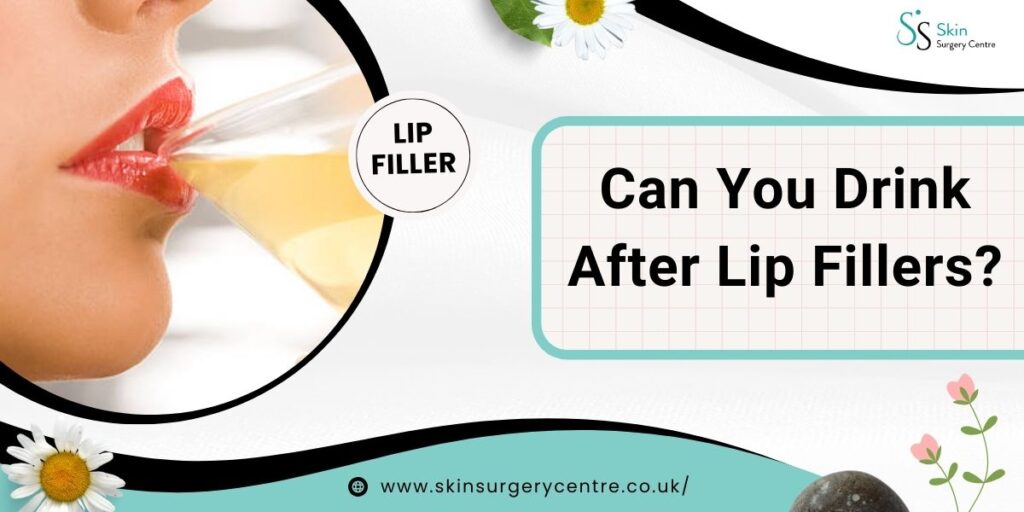
Many new mums wonder: Can you get lip fillers while breastfeeding? It’s a common question in UK clinics, and this...
If you’ve had lip fillers or are planning them, you may wonder: Can I put lip balm on after lip...
Can you exercise after lip fillers? At our London, Manchester, and Birmingham clinics, this is one of the most common...
Can you vape after lip fillers? It’s one of the most common questions we hear at our London, Manchester, and...
As one of the most sought-after procedures in cosmetic enhancement, lip fillers help people restore volume and definition to their...